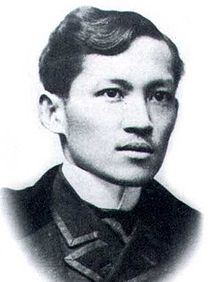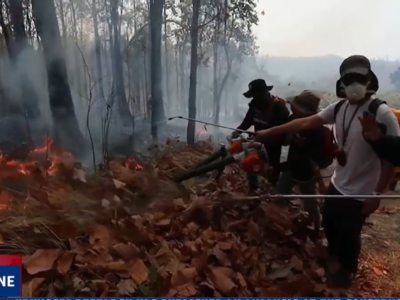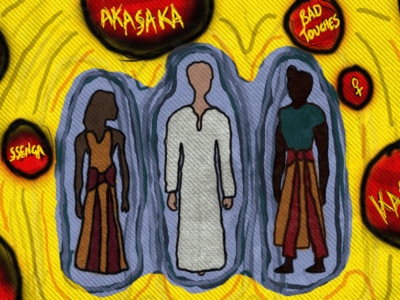Last June 19 was a momentous milestone in Philippine history, nationalism and sense of identity. It was the celebration of the country's National Hero Jose Rizal's 150th birth anniversary.
While many know who Jose Rizal is – genius, martyr, writer, poet, illustrator, architect, ophthalmologist, fencer – you name it and most chances are, Rizal, or Pepe as his moniker goes, was into it as well.
However, there is more to the Philippine National hero than being a National Hero or any of those titles that have become attached to his name.
First up, a fact about Jose Rizal. He is one of the most famous Filipino Masons in our history. Iligan Lodge No 207 has some fantastic notes on Jose Rizal as a Mason:
Jose Rizal was made a Master Mason on November 15, 1890 at Logia Solidaridad 53 in Madrid, Spain. He affiliated with a lodge under the jurisdiction of Grand Orient of France on October 14, 1891, and was made honorary Worshipful Master of Nilad Lodge No. 144 in 1892. There he delivered a lecture entitled “La Masonria”.
——–
In 1912, Rizal's family rejected a petition from the Jesuits to rebury their famous pupil. Instead, that honor was accorded to the Masons, led by Timoteo Paez, who, in full regalia, carried Rizal's remains in a long procession to the Masonic Temple in Tondo for funeral rites, before final interment at the Luneta in December 1912.
Dennis Villegas talks more on a little-known aspect of the National Hero in Jose Rizal: Komikero (Cartoonist/Illustrator):
Drawing was a favorite past time of our national hero. He wanted to keep a visual record of the things he saw or the people he met. There were no portable cameras during the 19th century, so Rizal just drew scenes and views while standing on ships’ decks or while idly waiting for trains’ arrivals.
One could only imagine how lonely our hero had been during his travels to Europe and America. To escape boredom and homesickness, he carried notebooks which he filled with drawings and sketches: a view of the Manila coastline as it receded from view, a picture of a funny man, Voltaire’s head, a Chinese man, or just about anything that caught his attention and piqued his interest. Rizal would spend days and nights drawing humorous panels we now called comics. Fortunately for us, many of these drawings still exist and can give us a view of what Rizal may have seen at a given time.
From Rizal the cartoonist, we move on to Cedric Valera's write up on Jose Rizal as a traveller:
So I read up on Jose Rizal. I discovered that he was a major traveler, both domestic and abroad. At age 24, he had already been to Paris and he was just taking steamships! I’m 28 years old now and I still haven’t been anywhere near Europe and we have all these jumbo jets traveling at the speed of sound.
Traveling must have been romantic then. Riding steamships, dressing up, people sending you off, people welcoming you.I even read an account where Rizal first traveled to Saigon, then onto Japan. From Japan he would then take a super long haul ride to America, landing in California. He would continue by land all the way to New York. From there he crossed the Atlantic and traveled to London, continuing to France, Madrid and the rest of Europe. He would then make his way home via the Suez Canal, passing by Singapore. Upon coming back to Manila, he would have circumnavigated the globe. Shortly after, he would be arrested for crimes against the government.
Raisa Robles takes the Rizal's last poem and puts the National Hero in contrast to the late dictator Ferdinand Marcos:
It was really the first time that it hit me – Rizal was a real person.
And I got to wondering why he is a hero even to Indonesians and Malaysians. Why is he so admired? He never fought a Battle at Besang Pass like someone claimed he did. He never shot a man in cold blood and then boasted about it.
What makes a hero a hero?A man can be a villain early on and then die a hero. Or vice versa.
In Marcos’ case, I believe what he did in the last phase of his life erased the good of his earlier years. This leader killed and robbed his own people blind.
Aside from Rizal's many titles, his name has also been the subject of many historical mysteries and stories not normally found in history textbooks nor discussed in class rooms.
Knox Balbastro has an excellent round-up of these mystery-filled stories about Jose Rizal, from being the father of Adolf Hitler, to being a homosexual, to being a notorious serial killer, and to becoming a god.
Rizal has become more than a National hero, a figure of history, a stuff of legends and mystery. He has become one of the most enduring and prolific symbols of being a Filipino.
That's why I shall end this round-up with a few words from Perry Hugo who drives home the point of why we continue to celebrate the memory and life of the man and call him, a hero:
Many stories maybe are apocryphal. That's the stuff that makes heroes, anyway. But notwithstanding Veneration Without Understanding, Rizal is our hero. And in this age, we need heroes that transcend time, politics, and personal desires. The fact that the Americans sponsored Rizal's ascendance to the exalted throne of National Hero does does not diminish his achievements and heroism. Nor it does not make him undeserving to be called such.
Rizal's being born from society's upper class does not preclude him from being the national hero. His martyrdom alone continues to inspire. Such ability to inspire has no class prerequisite.








4 comments